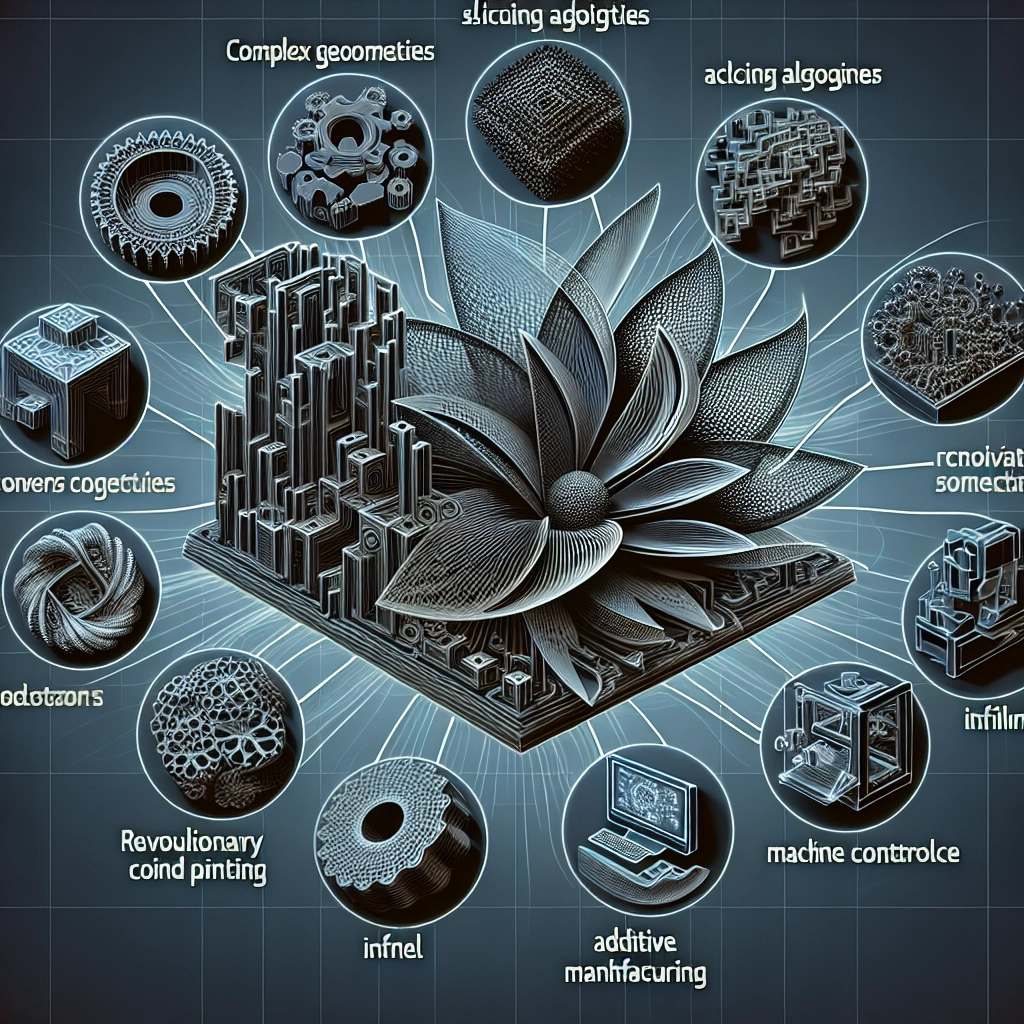Exploring Advanced Features of 3D Printing Software
3D printing has taken the world by storm, revolutionizing industries from healthcare to engineering, and even art. But as exciting as the concept of turning a digital model into a tangible object is, the magic often happens behind the scenes, in the 3D printing software. While beginner programs offer great starting points, advanced features can really unleash the potential of this innovative technology. So, let’s dive into some of the more sophisticated tools and options that 3D printing software has to offer!
Slicing with Precision
At the heart of any 3D printing software is the slicing function. This process converts a 3D model into a series of thin horizontal layers, instructing the printer on how to build each layer step by step. Advanced software provides an array of slicing settings: layer height, print speed, wall thickness, and infill density are just a few.
But that’s not all! More sophisticated slicers allow for customization of specific sections within a print, enabling users to fine-tune areas for strength or detail. For example, increasing the infill density in parts that require durability, while keeping other areas lighter to save material. This granular control is invaluable for creating stronger, more efficient prints.
Support Structures and Customization
One of the often overlooked features in advanced 3D printing software is the ability to generate custom support structures. When designing intricate models with overhangs, support might be necessary to ensure the print doesn’t collapse in on itself.
Advanced software allows users to modify support settings, including their density and style. Some programs even enable users to manually place support structures only where they are most needed, preventing waste and making removal easier post-printing. Plus, certain tools have features that let you simulate the support removal process before you hit print, which helps in planning your cleanup.
Multi-Material Printing
If you’re ready to take your 3D printing skills up several notches, consider diving into multi-material printing. Some advanced software platforms facilitate printing with multiple materials or colors within a single print job. This can be particularly useful when you want to create models with moving parts, gradient colors, or varying properties in specific regions.
The software allows you to specify which material goes where, ensuring that each part gets its required attributes—think resilient, flexible, or rigid. The beauty of this advanced feature is that it transforms a simple model into a complex, fully-functional piece, all made in one go!
CAD Integration and Design Tools
Gone are the days when 3D design and printing were two completely separate beasts. Many advanced 3D printing software options come equipped with impression CAD, or Computer-Aided Design tools, simplifying the transition from idea to product.
These integrated design features allow users to create and modify their models without needing to toggle between separate software programs. You can sketch directly within the slicer, making adjustments, testing out ideas, and seeing feedback in real-time. This workflow not only saves time but also fosters creativity.
Advanced Simulation and Analysis
Before you send your model off to the printer, what if you could foresee potential issues? Advanced features in certain 3D printing software give you the power of simulation. These tools analyze your design for weaknesses, suggesting modifications that could strengthen the final product.
For example, stress analysis can reveal how your model will hold up under different conditions. This is crucial for industries like aerospace and automotive, where both performance and safety are paramount.
Cloud Computing and Collaborative Features
As 3D printing technology grows, collaboration becomes more essential. Some advanced software allows for cloud-based capabilities, letting teams work together on designs from different locations. This feature is a game changer for collaborative projects, as it keeps everyone on the same page and allows for easy feedback.
Cloud features also help with remote monitoring, allowing users to manage printing jobs from afar. Imagine checking the progress of a print while sipping your morning coffee at a café!
Embracing the Future
With the rapid development in 3D printing technology, tapping into advanced features of 3D printing software is a gateway to unlocking creativity and efficiency. Whether you’re a hobbyist looking to elevate your prints or a professional needing precision and reliability, these sophisticated tools can help you realize your vision.
So, dive in! Explore the myriad of features available, from slicing to simulation, and leverage your software to expand your horizons in the captivating world of 3D printing. Who knows what new possibilities await just a few clicks away?

